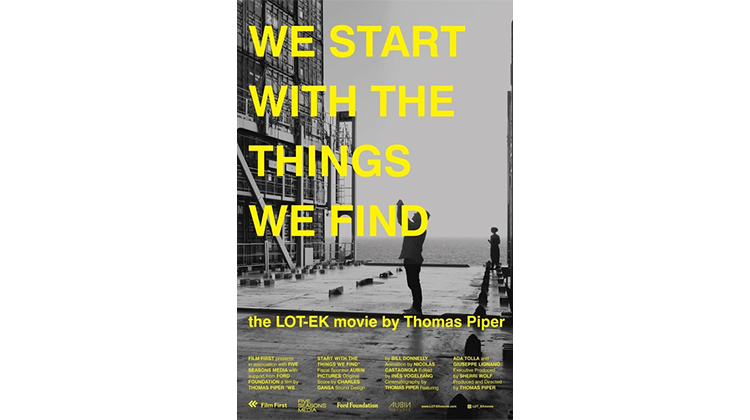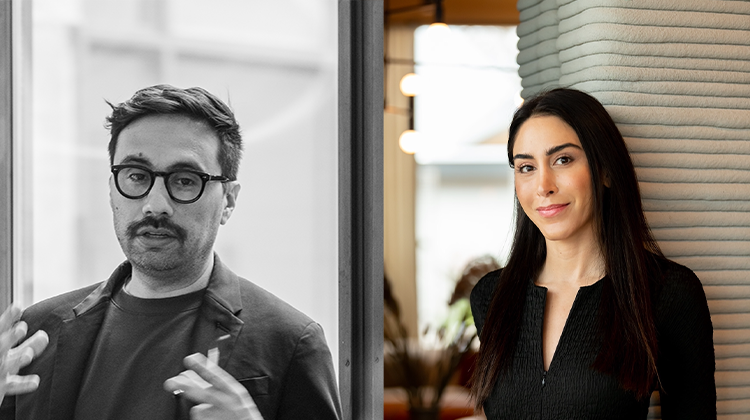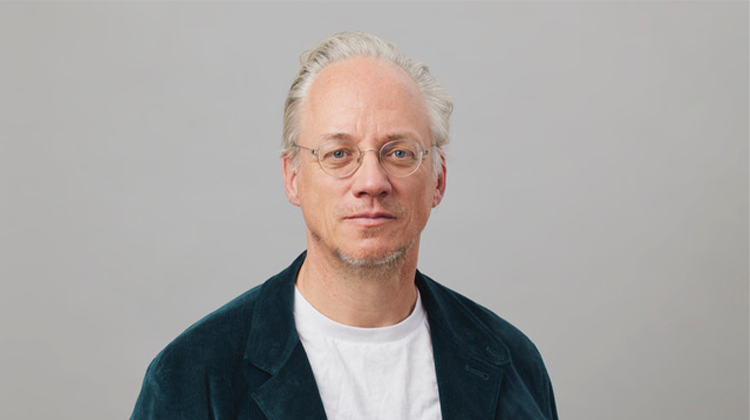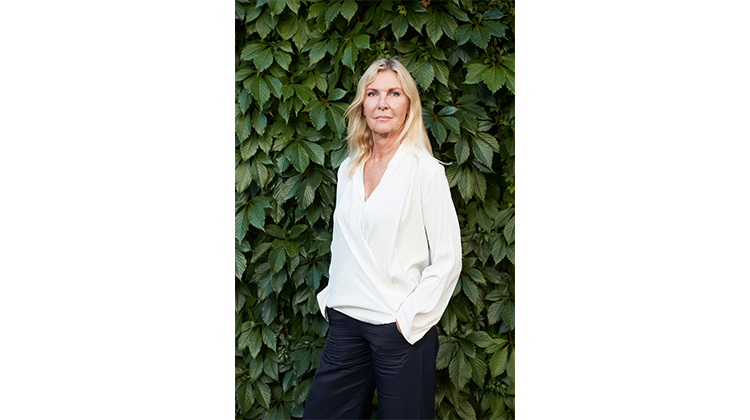The Professor has been steering a start-up housing group (DECOi) looking at automated composites via robotics. As part of this, they have developed design>build software to be able to generate complex detail quickly enough to keep pace with automated production. This has involved a highly skilled team of programmers and digital architects, mostly from MIT: Marc Downie (Media Lab PhD), Jorge Duro-Royo (Media Lab PhD), Kii Kang (SMArchS Computation), with framing and oversight offered by Professor Mark Burry, who pioneered parametric modeling for the Sagrada Famila in Barcelona over 30 years ago. As yet, this has focused on accelerating design>build capability, but all of the team members have a keen interest in how computation alters design imagination, and all have flirted with rule-based generative processes in their architectural work. All are intrigued by AI as it applies to design, yet there are as many versions of what AI "is", or might be.
The workshop aims to probe these differences, with students selecting what they feel are salient opportunities to develop some aspect of generative spatial/material aptitude, in the hope that it starts to offer clarity by being worked through into actual designs. The general premise is that the rule-based generative processes that emerged late C19th and steadily developed through the C20th are already taking hold in mainstream practice, and are destined to become the dominant mode of architectural production C21.
Students will be asked to step into speculative design protocols to gain insight into some aspect of auto-generated objects or buildings. The DECOi team is friendly, daring, and very team-oriented. There is no real expectation of computation as it's more adopting a creative mindset; but there is certainly a rare team of computational expertise to draw upon.
What we are finding is that once there is a high-speed and exact generative capability, so things like energy analysis, life-cycle analysis, techno-economic analysis can also take place "in seconds", offering technical feedback during the design process, which seems to be a real breakthrough. We also see opportunity for real-time co-design with clients, or even self-design in deploying the parameters offered by a cloud-based generative system. This seems to then offer potential for a vast expansion of architectural expertise, which currently involves itself in just 2% of global buildings! The expansion of architectural expertise and the liberation of design practice is then also an area that will merit our collective discussion, perhaps couched in terms of environmental benefit.
Prerequisites
Permission of instructor
Preference Given To
MArch, SMArchS, BSA, BSAD (undergraduates welcome)
Can Be Repeated for Credit
Yes






